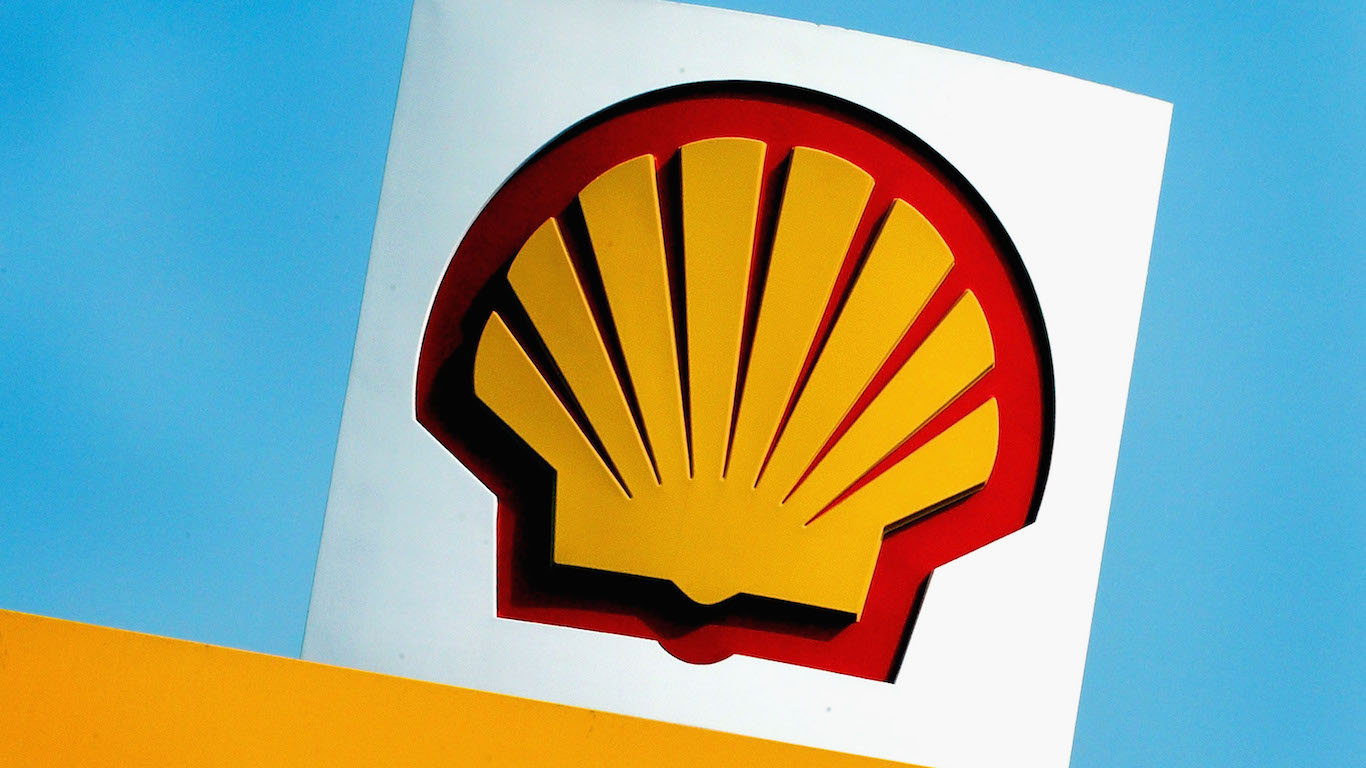
One of the world’s oldest and largest oil and gas producers announced plans Tuesday to take a pretax, noncash impairment charge of $20 billion to $27 billion as a result of the effects of the COVID-19 pandemic. Royal Dutch Shell PLC (NYSE: RDS-A) also has retooled its outlook for second-quarter production, pricing and margins.
On an after-tax basis, the write-down totals $15 billion to $22 billion, and the company said that $8 billion to $9 billion would be written down on its integrated natural gas assets, primarily in Australia; $4 billion to $6 billion in its upstream business, primarily in North and South America; and $3 billion to $7 billion in its downstream (refining) business.
Shell noted in its revised outlook that although seriously affected by the coronavirus outbreak, the company also “continues to adapt to ensure the business remains resilient.” What that means is that Shell remains committed to its plan announced last year to cut the carbon intensity of the products it produces and sells to zero by 2050 or sooner. Carbon intensity refers to the amount of carbon emitted in the making and selling of its products.
In addition to announcing the impairment charges, Shell also revised its outlook for production in the second quarter. The company raised its natural gas production from a prior range of 840,000 to 890,000 barrels of oil equivalent per day to a new range of 880,000 to 910,000. Shell expects a natural gas price at Henry Hub of $1.75 per million BTUs for this year, rising to $2.50 in 2021 and 2022 and to $2.75 in 2023, as well as a long-term price of $3.00.
The outlook for oil production has risen from a previous range of 1.75 million to 2.25 million barrels a day to a new range of 2.3 million to 2.4 million. The rise in production is offset by an estimated 2020 average price for Brent crude of $35.00 a barrel. In the first quarter of this year, Shell’s realized price per barrel was $46.53 a barrel, nearly $11 lower year over year and about $10 lower sequentially.
Shell’s refining (downstream) impairment is based on expected refinery utilization of 67% to 71%, the higher end of the company’s original estimate for a utilization rate of 60% to 70%. Estimated sales volumes also have increased from a prior range of 3.0 million to 4.0 million barrels a day to 3.5 million to 4.5 million. Once again, the increased production is more than offset by an estimated 30% drop in refining margins.
Operating cash flow “could” be affected by natural gas margins, and the company expects to show a loss on production, but the loss is expected to be offset by built-up deferred tax credits. In the downstream segment, inventory volumes are expected to increase with a negative effect on working capital.
The revised outlook negatively affected Shell’s stock price Tuesday morning. Shares traded down about 2.6%, at $30.52 in a 52-week range of $19.19 to $66.68. The consensus 12-month price target on the stock is $43.50. The company pays a dividend yield of 4.08%.
Travel Cards Are Getting Too Good To Ignore (sponsored)
Credit card companies are pulling out all the stops, with the issuers are offering insane travel rewards and perks.
We’re talking huge sign-up bonuses, points on every purchase, and benefits like lounge access, travel credits, and free hotel nights. For travelers, these rewards can add up to thousands of dollars in flights, upgrades, and luxury experiences every year.
It’s like getting paid to travel — and it’s available to qualified borrowers who know where to look.
We’ve rounded up some of the best travel credit cards on the market. Click here to see the list. Don’t miss these offers — they won’t be this good forever.
Thank you for reading! Have some feedback for us?
Contact the 24/7 Wall St. editorial team.




